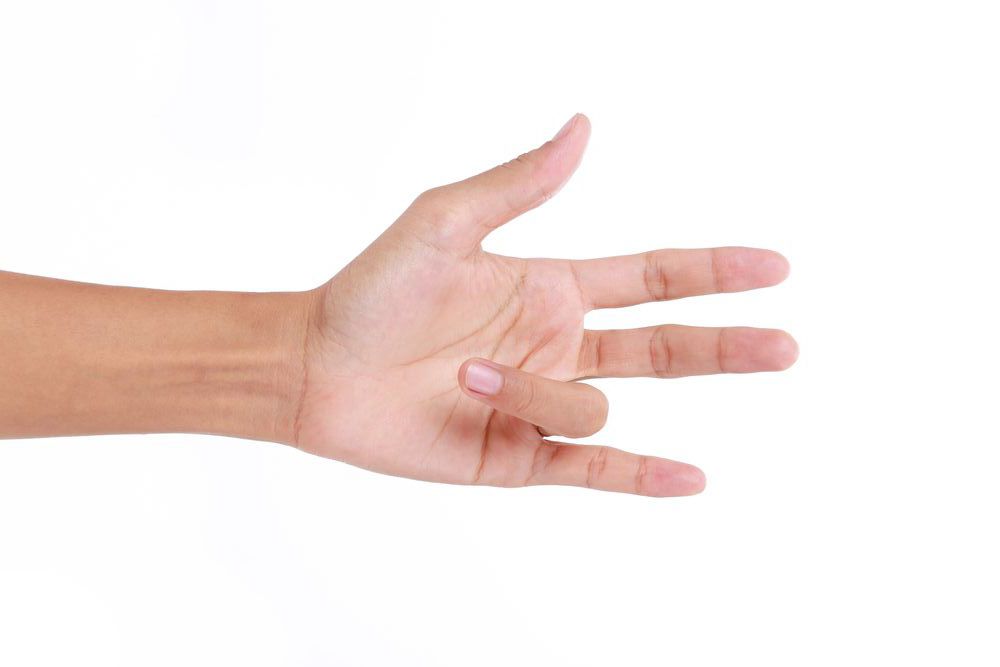
Trigger finger (stenosing tenosynovitis) occurs when a finger is locked in a bent position and cannot straighten out. The thumb and ring finger are most commonly affected by trigger finger, but the condition can affect any finger. If this sounds familiar, Orthopaedic Specialists of Austin can help.
Here, the team at our Austin, TX, orthopedic offices review some of the most common symptoms and causes of trigger finger. We'll then consider potential treatment options.
Common Causes of Trigger Finger
Trigger finger is caused by an issue with the tendon that controls the affected finger. The finger remains bent because the tendon is unable to glide smoothly in the surrounding tissue known as the tendon sheath.
While the exact cause of trigger finger remains unknown, certain factors increase the risk of developing the condition:
- Advanced Age - The condition is more prevalent in adults than in children, with an increased risk as a person gets older.
- Gender - Trigger finger tends to be more common in women than it is in men.
- Forceful Hand Actions - Trigger finger may develop after you've forcefully grabbed something or engaged in other forceful activities with your fingers or thumbs.
- Medical Conditions - Trigger finger is more likely to affect diabetics and individuals with rheumatoid arthritis.
What Are the Symptoms of Trigger Finger?
Common symptoms of trigger finger include:
- Stiffness of the affected finger
- Locking of the finger as it bends
- Popping or clicking while a finger moves
- Tenderness in the joint at the base of the finger
Pain and discomfort can also occur as a result of the condition.
What Are Common Treatments for Trigger Finger?
There are different treatments for trigger finger depending on the nature and severity of your condition.
Non-Surgical Procedures
- Medication - Some cases of trigger finger can be treated through the use of anti-inflammatory drugs.
- Resting the finger - Avoiding use of the affected finger can relieve symptoms and restore mobility. Using gloves can also be helpful if you are unable to fully rest the finger while going about your daily activities.
- Splints - Wearing a splint on the affected finger can provide relief to the tendon.
- Finger exercises - There are certain stretches and exercises that can improve mobility.
Invasive Procedures and Surgery
- Steroid Injections - Steroids can help reduce inflammation around the tendon sheath. The effects of the injection could last for up to a year.
- Needling - A fine needle can be used to carefully break up tissue that impedes the motion of the tendon.
- Surgery - If surgery is necessary, an incision will be made at the base of the affected finger. The surgeon will then treat the tendon sheath as needed.
Contact Our Doctors for a Consultation
It's important to contact Orthopaedic Specialists of Austin if you have questions about trigger finger. During your visit, our experienced orthopedic doctors will evaluate the health and condition of your finger and determine the best option for treatment. Contact our orthopedic surgeons for a consultation today. We're ready to help. You can also reach our individual offices in Austin, Leander, and Lakeway by calling (512) 476-2830.
